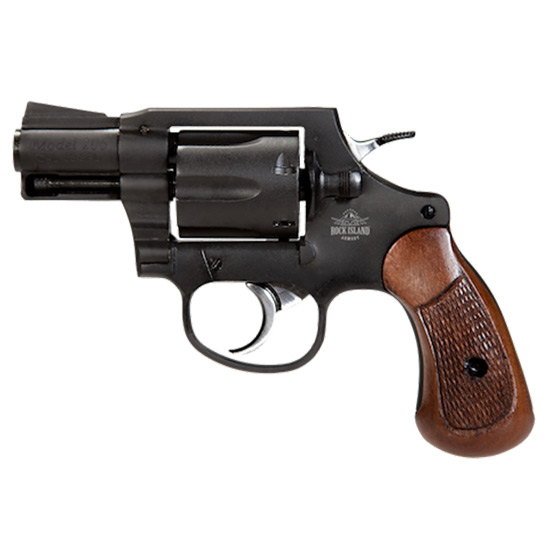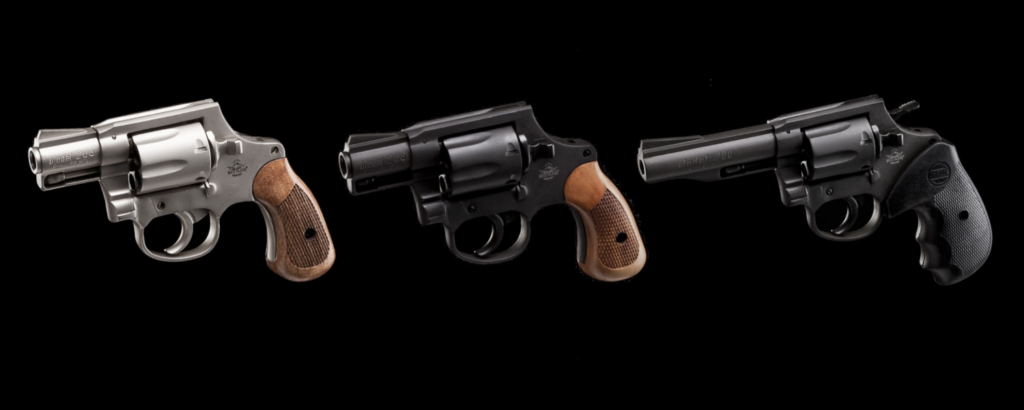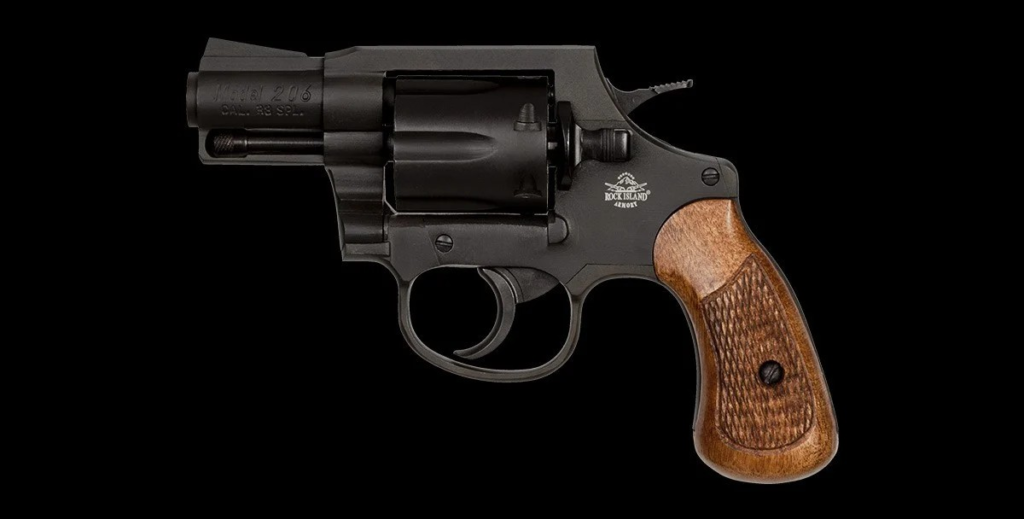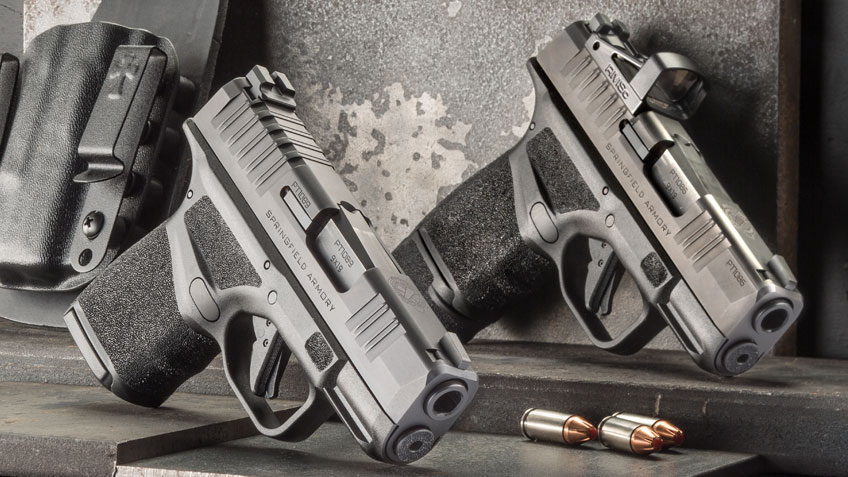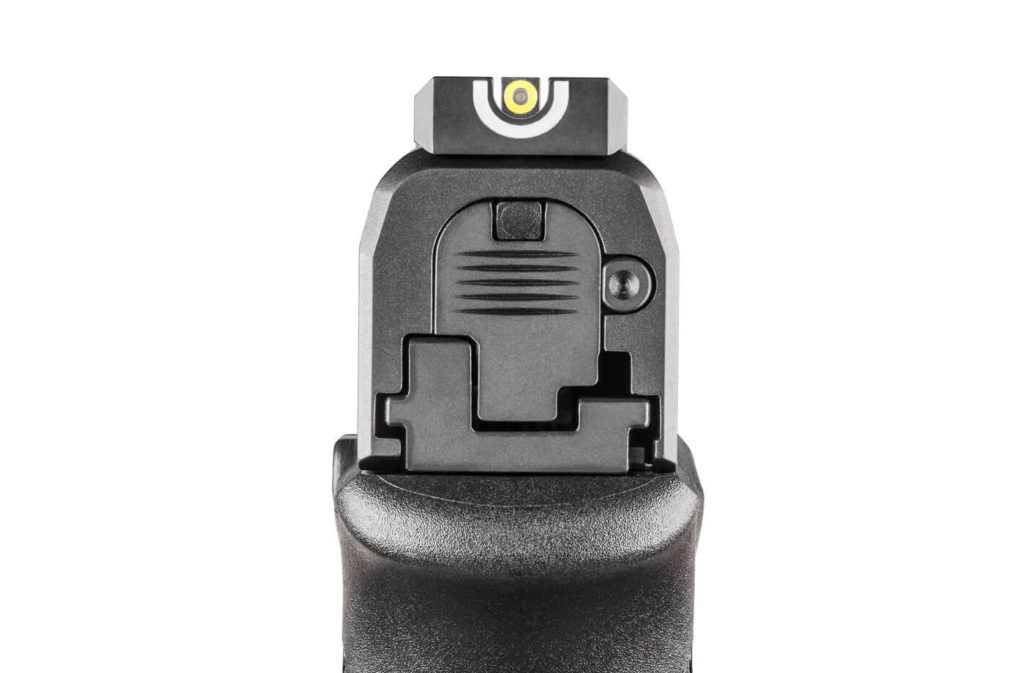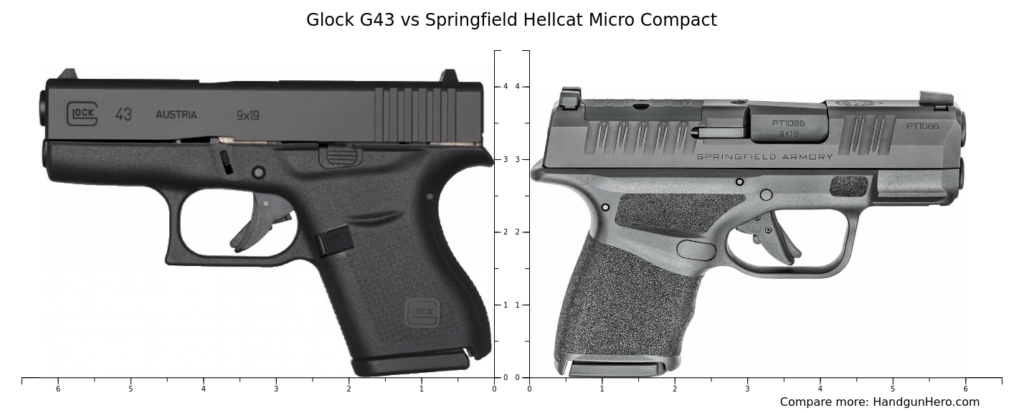The Glock 43X MOS is a slimline, meaning single stack, striker-fired 9mm. The slide is factory cut for optics mounting. It has a polymer frame and a steel slide. The 3.4″ barrel is of the “marksman” type, meaning it has traditional rifling vice the standard Glock polygonal rifling.
The MAP (minimum advertised price) of the 43X is $485. For that money you get a hard case, two 10 round mags, a mag loader, cleaning rod and bore brush. You may be able to find it a bit cheaper than that, but not at a Glock stocking dealer. I bought mine from a friend and paid $350 plus some handloads.
The overall length is 6.5″ and it’s a hair over 5″ tall. The slide is .87″ wide and the overall width of the pistol is 1.1″ Weight is a svelte 18.55 oz unloaded. The Sig Romeo Zero Elite I have mounted adds about 3/4″ to the height and a half ounce of weight. More on that optic later.
The stock trigger is the typical Glock trigger, a bit mushy, and breaks at right around 5 lbs. A trigger upgrade is in the works, a CMC drop-in is on order. The stock sights are the white outlined polymer version. They are getting an upgrade to suppressor height Ameri-glows, as the stock sights do not co-witness with the red dot I’m running.


The optics cut is the Shield RMSc pattern. Any other pattern red dot requires the use of adapter plates. When I got the pistol, it was wearing a Leopold DeltaPoint Pro that required a mounting plate. The width of that sight and the associated mounting plate created a sharp spot that dug into my skin while carrying it. If y’all want to know more about the different patterns of red dots, let me know in the comments, and I’ll get something together. As I mentioned above, there is a Sig Sauer Electro-optics Romeo Zero Elite mounted now that does not require a plate.
Being a Glock, I have experienced zero mechanical faults. That isn’t to say this gun is perfect, it isn’t. The texturing on the side panels of the frame could be a bit more aggressive, the trigger is, well, not what I’m used to and I’ll never fully get over the fact you have to pull the trigger to disassemble the firearm. That said, there’s a lot to like about it and my complaints are more nitpick-y than anything else.
As of this writing, I have about 900 rounds through this gun and any malfunctions, there have been damned few of them, were all ammo related. Do not take that as me saying this pistol likes one brand over another. It eats everything, including shitty old steel and aluminum cased stuff, without a hiccup. The malfunctions were due to faulty ammo that just didn’t fire.
To be totally honest, until I shot this gun, I never shot Glocks all that well. I’m not sure if it is this particular platform or the red dot optic that improved my accuracy. This gun is never going to shoot as well as a match grade 1911 like my Les Baer Monolith, but it groups well for a stock defensive pistol. At 10m I’m averaging 3″ groups when running drills. That’s more than accurate enough for this pistol. Taking my time, I can shrink that to a bit over 2″. My best group with this gun was 1.5″, but that was from the bench. For reference, I can get those group sizes or better at 25m with my Baer.



The red dot that is currently on this pistol is the Sig Romeo Zero Elite. It features a 2moa center dot and a 32moa circle. I like this reticle because of the quick pickup and target acquisition. According to Sig it has a 20,000 hour battery life. This is no doubt aided by the motion sensor on/off.
Now on to my experiences with the 43X as an EDC gun. For background, I carried a Colt’s Commander chambered in .38 Super Auto as my EDC for a very long time. As I aged, I found carrying that amount of weight around all day got tiring. My Commander tips the scales at 29 ounces unloaded, that’s 10 oz more than the 43X.
For most carry situations, I usually carry the 43X appendix or cross draw. It depends on what I’m doing that day. After trying several brands and styles of appendix holsters, I settled on the Alien Gear Photon. The Photon is a convertible IWB/OWB holster. It has an integrated ‘claw’ to help keep you from printing while carrying appendix. Ride height and cant are adjustable as is retention. A ‘sidecar’ mag holder is available, but I’m used to the snag-mag that I’ve been using for a long time. The only complaint I have about this holster is the lack of a backing pad.


So far, this pistol has been a joy to carry. It’s light, slim and just the right size. I rarely have to worry about it printing or hanging up on my clothes.
But how does it stack up to the other big name pistols in this class the Sig P365x and the Springfield Hellcat? I am not a fan of the Hellcat, and I explained why here, so I won’t belabor the point. I do however like the Sig quite a bit. If I were not in a capacity restricted state, I might go with the Sig over the Glock, just for the extra magazine capacity. That said, as far as I’m concerned, there isn’t a whole lot of difference between the two besides the capacity.

